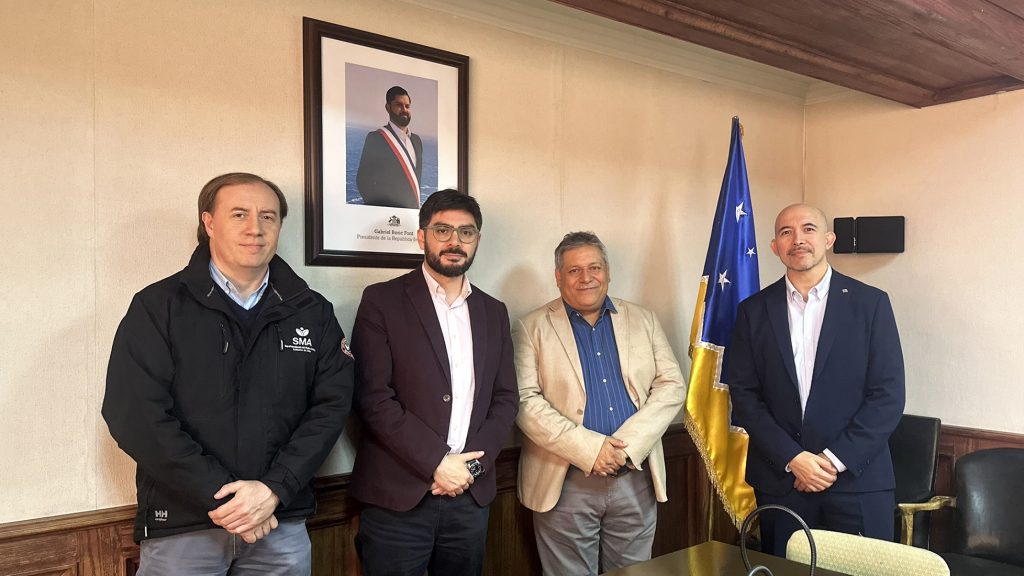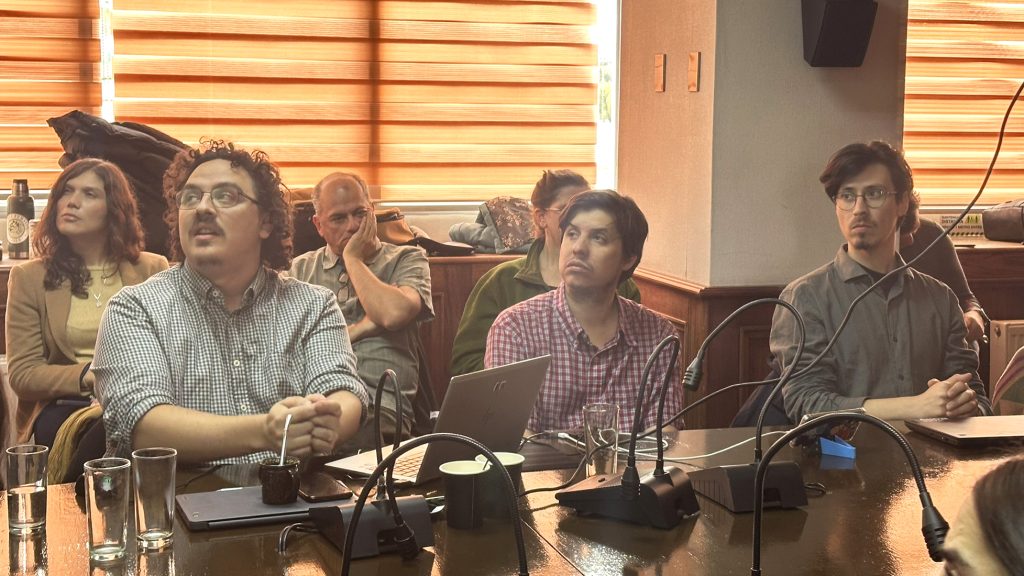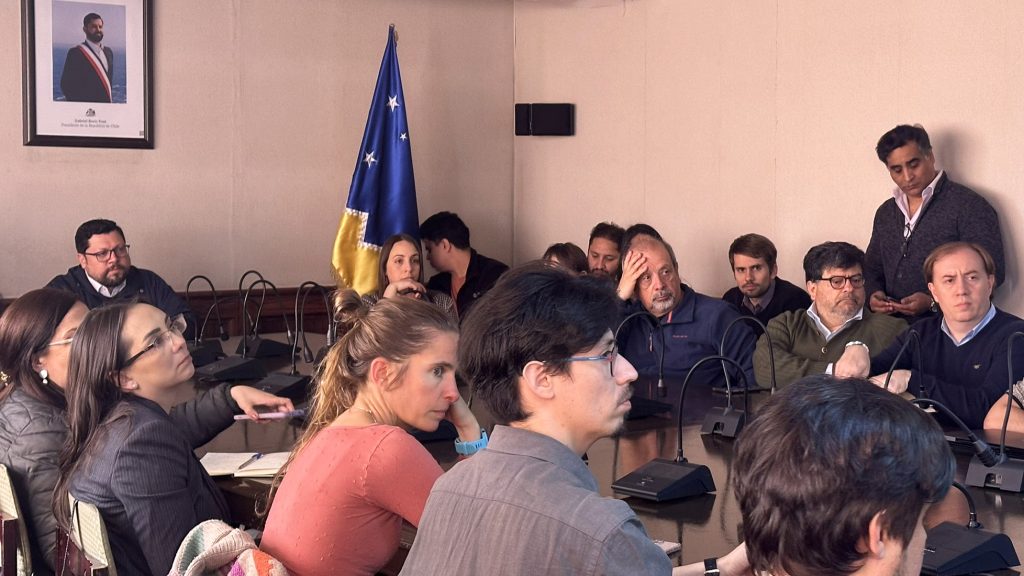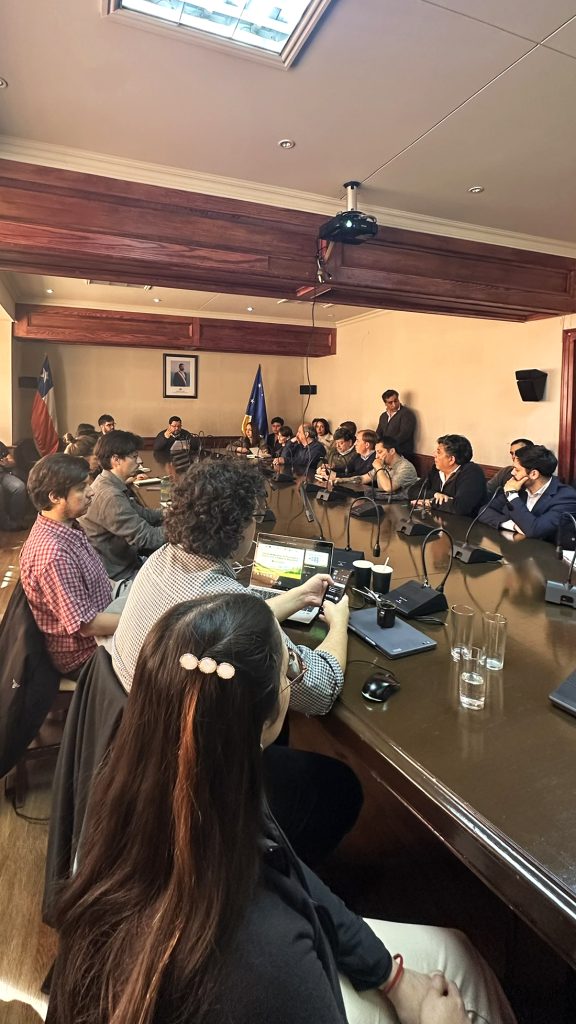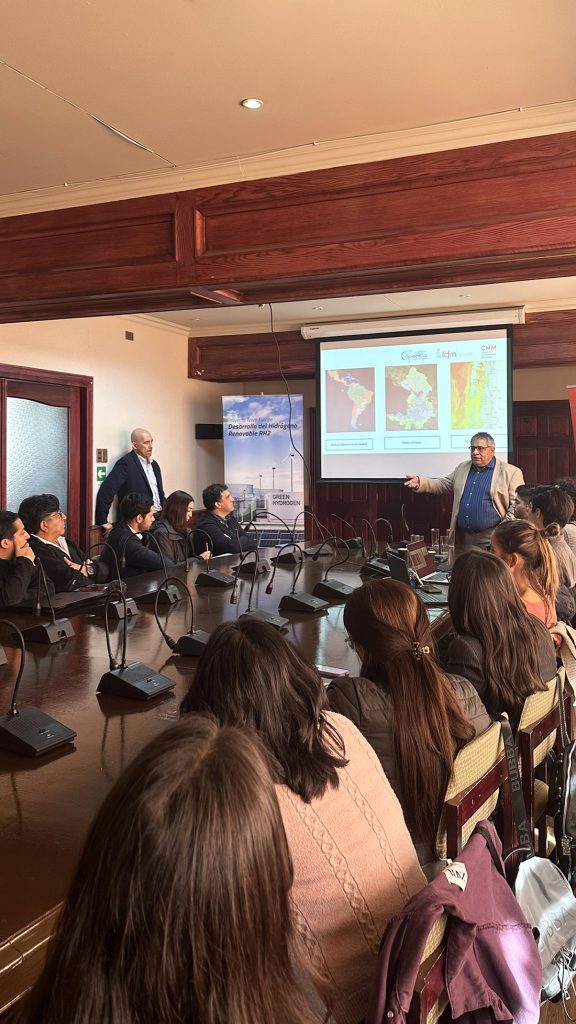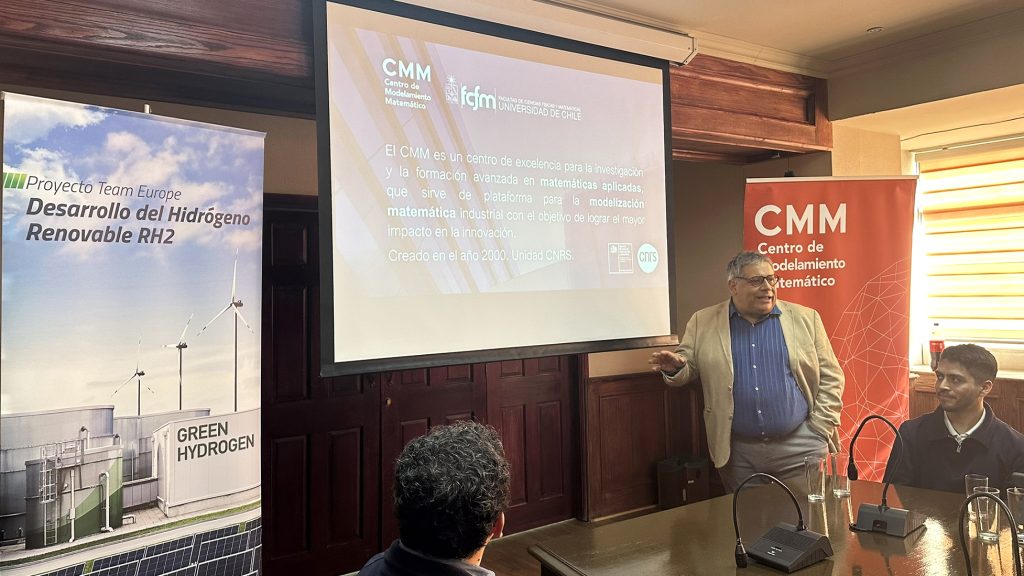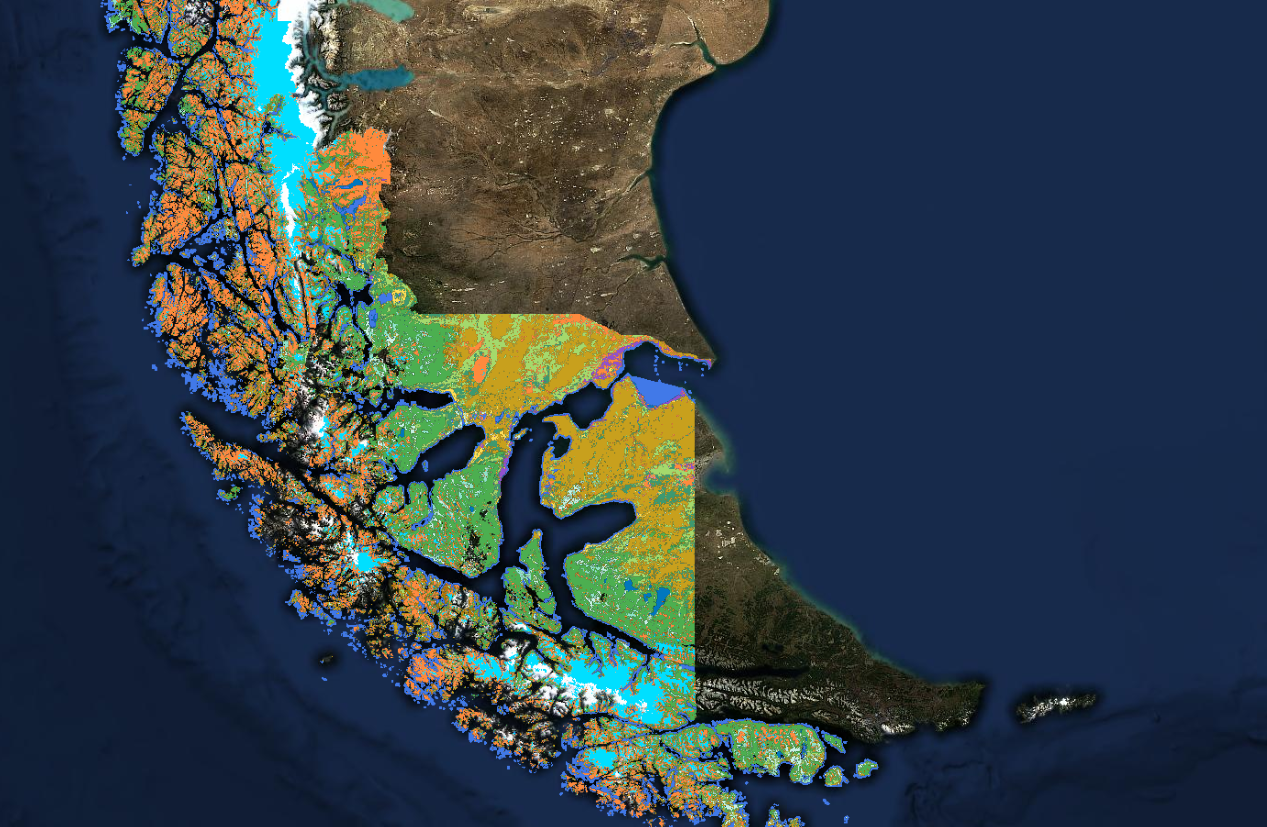The Center for Mathematical Modeling (CMM) of the University of Chile, in collaboration with the German cooperation agency GIZ, officially presented the new Wetlands and Peatlands Monitoring System in the Magallanes Region and Chilean Antarctica, developed under the framework of the Team Europe project “Development of Renewable Hydrogen in Chile” (RH2).
The ceremony, held at the Presidential Delegation of Magallanes, marked the launch of the system, a result of collaboration between the European Union, Germany’s Federal Ministry for Economic Affairs and Climate Action (BMWK), the Spanish Agency for International Development Cooperation (AECID), and the Chilean Ministries of Energy and Environment. It combines satellite technology and field data to provide detailed and up-to-date information on these strategic ecosystems.
The work relied on images from Copernicus, the European Union’s Earth Observation programme, collected by the Sentinel satellite constellation, and complemented by field campaigns measuring variables such as dominant species, vegetation cover, and water content.
The result is a detailed map and georeferenced catalogue of wetlands and peatlands, now available for authorities, researchers, and project developers. This information will facilitate both green hydrogen development planning and environmental protection in an area of high ecological and strategic value.
In this regard, Jaime Ortega, principal researcher at CMM and academic from the University of Chile, stated: “This kind of project is especially significant for us, as it allows us to contribute concretely towards generating more sustainable economic activities and monitoring key indicators related to climate change. We particularly highlight the collaborative effort, which combined geospatial information with artificial intelligence and valuable fieldwork by GeoZone. This enabled us to develop a high-impact and highly relevant product, such as the map we are presenting to the region.”
On the other hand, Francisco García, Head of Cooperation of the European Union in Chile, stated: “We consider the contribution of Copernicus crucial in providing information that enables sustainable development of the renewable hydrogen industry and adequately managing its potential impacts in the Magallanes region. Copernicus services can also contribute to making better decisions when designing projects, minimizing risks, and maximizing benefits. Finally, this work links two key initiatives of the Global Gateway Investment Agenda currently underway in Chile: the Team Europe Initiative for RH2 development and the Regional CopernicusLAC Chile Centre.”
Peatlands, which are found throughout the Magallanes region, play vital roles such as carbon storage, water regulation, and biodiversity conservation. This tool represents a key step in reconciling sustainable development with the protection of these unique ecosystems.
George Cristodurezco, director of the GIZ Energy Cluster Cono Sur, commented: “The monitoring system presented demonstrates how international cooperation and science can drive sustainable development by implementing innovative tools to protect key ecosystems such as Magallanes wetlands and peatlands. Renewable hydrogen planning must be balanced with environmental conservation, and this initiative contributes to that objective.”
Meanwhile, Enrique Rebolledo, Regional Secretary of Environment in the Magallanes Region, highlighted: “This is very valuable work for us because it benefits multiple areas. It not only helps us define where to install or not an industry but also to address corrections, complaints, identify peatlands, and properly guide conservation efforts. Decision-making must always rely on scientific information, which is undoubtedly the hallmark of our government.”
The system is already available for public institutions, communities, and developers at https://turberas.cmm.uchile.cl/, marking a milestone in using open data and monitoring tools for conservation and sustainable development in Chile’s far south.
